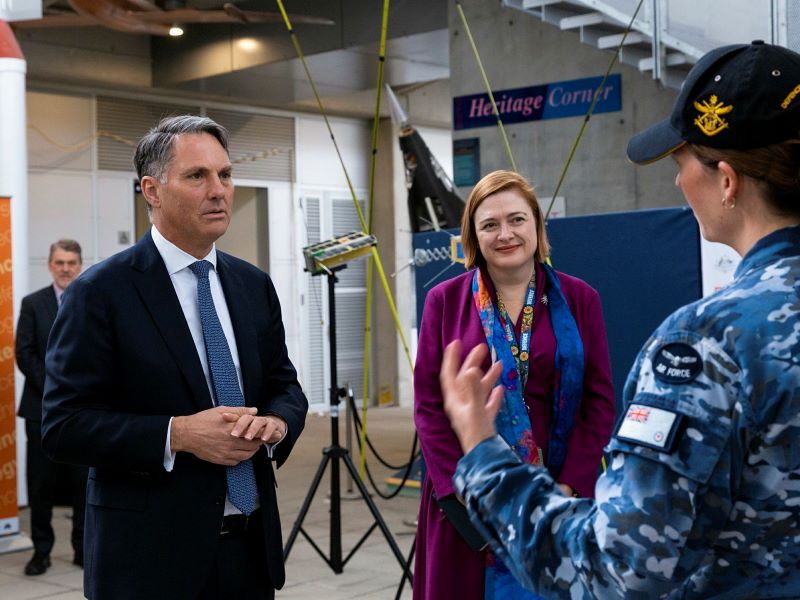Local defence innovators have reacted with alarm to the initial structure proposed for the new $3.4 billion Advanced Strategic Capabilities Accelerator, aimed at getting technology outcomes for Defence moving faster and with more urgency.
The creation of the Advanced Strategic Capabilities Accelerator has been hailed as a good plan, perhaps long overdue.
But putting its initial design and operation jointly in the hands of the Defence Science and Technology Group, and the Defence department’s Capability Acquisition and Sustainment Group is a terrible idea.
The DSTG is well known as a slow-moving organisation that has struggled to get smart new tech and innovation out the door and into the hands of the military.
The CASG is well known to be even slower moving, but with seemingly less interest in building Australian capability through strategic procurement.

So, the Advanced Strategic Capabilities Accelerator, which is billed as the most reshaping of defence innovation in decades, is to be managed jointly in its first 18 months by the two organisations that are recognised problems in this process.
Local Australian defence innovators that contacted InnovationAus.com are dismayed. “It’s like it has been set up for failure,” one said.
ASCA will be established from July 1 of this year – with a “phased start up” over the first 18 months “to develop, test and refine the operating model” under the head of DSTG and the head of CASG.
No-one in the local defence sector believes these organisations will be able to put in place the structure and culture that would enable ASCA to meet its mission.
And no-one that InnovationAus.com spoke to from the local industry believes that the ASCA start up phase will only last 18 months. These local companies say that 18 months is too long to get this program operating on all cylinders anyway, that things are moving too fast in the defence innovation space right now.
Critics point to two egregious examples in recent memory that demonstrate an ambivalence in defence about local industry capability.
The first relates to the Defence STaR Shots program under the Defence Science and Technology Group in which a “strategic partnership” grant worth tens of million of dollars to develop sovereign space technology and operational capabilities was awarded in mid-2022 to Airbus, the France headquartered aerospace conglomerate.
The Airbus-led partnership was to include “three Australian industry partners” – Ivonor Technologies, Shoal Group and Deloitte (which is a head scratcher for any sane person).
The Airbus-led research effort is worth about $40 million, a great shame – and huge missed opportunity – for Australia’s burgeoning space sector, which includes a growing number of satellite manufacturers.
With Airbus as the prime contractor, the ability for Australian industry to capture the maximum benefit from the research effort is lost.
The other example of bonkers Defence research funding relates to the Next Generation Technology Fund that awarded $70 million to US undersea drone company Anduril (under a co-funded arrangement where the company would have also contributed $70 million to the development effort).
Under the co-funded arrangement, Defence scientists, Navy personnel and Anduril robotics specialists will produce three prototype XLAUVs over three years, delivering a manufacture-ready vehicle at the end of 2025.
This would all sound great, were it not for the existence of Melbourne-based C2 Robotics, which builds intelligent robotics and autonomous system, including a Speartooth Large Uncrewed Underwater Vehicle (LUUV), in what is a competitor to the Anduril platform.
You would have to think that an Australian-owned company like C2 Robotics could get a lot done with $70 million.
You would also have to think that the IP and economic benefitted through this research and prototyping project would be more wholly captured than work done offshore by a foreign company.
The Royal Australian Navy unveiled the Speartooth prototype in May 2022 when C2 Robotics has two four metre and one eight metre versions of the underwater vehicle. A month later, Defence announced its $140 million co-funded research project with US-based Anduril.
The local industry is right to be dismayed.
Do you know more? Contact James Riley via Email.

